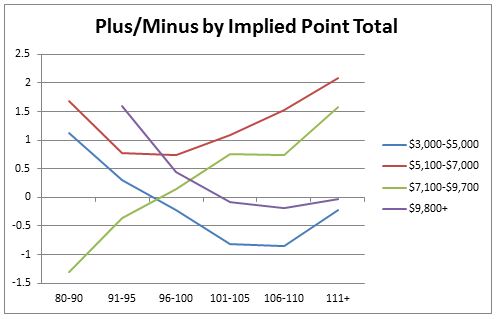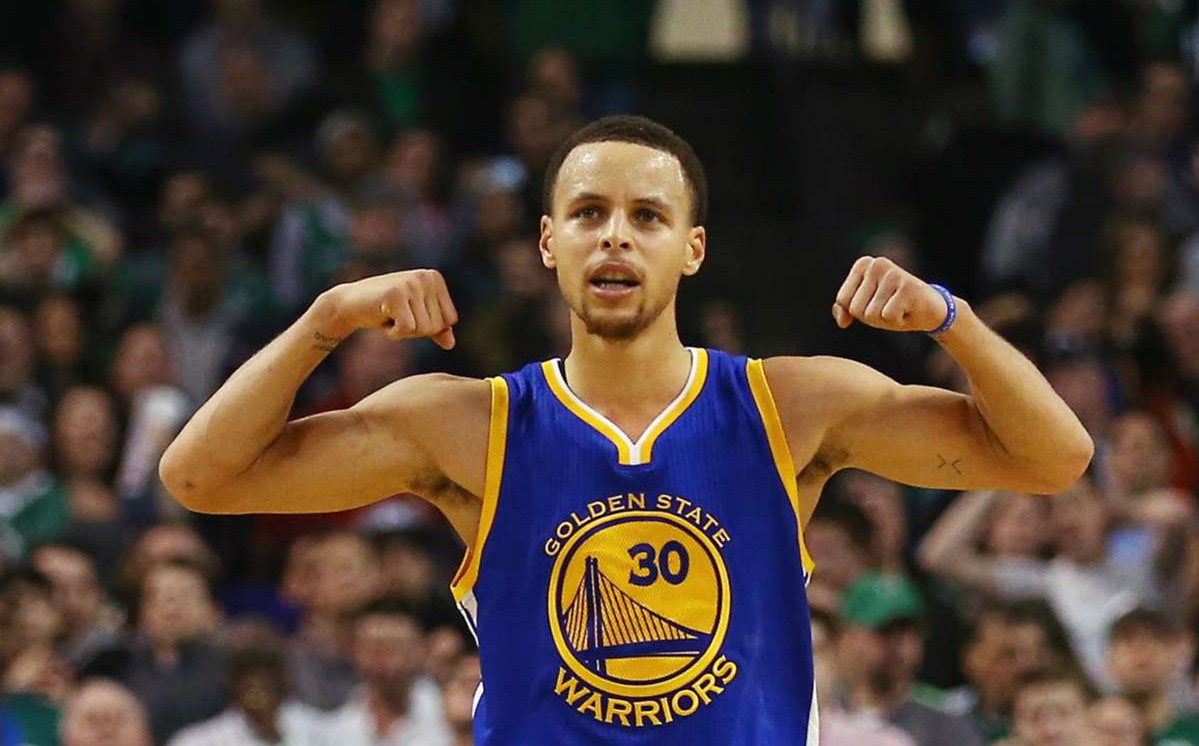My prediction – hope, rather – is that this upcoming NBA DFS season will be one that is highlighted by an increase of knowledge and innovative studies. There a million great NFL and MLB DFS writers out there and I think this could be the season that NBA catches up to those two. Part of that is going to be intensive studies and looking at new data and honestly some will be born from speculation.
I’ve never believed that you had to have a finished idea to publish in an article. That may be a fault of mine, I admit, but I believe in the communal “we” and think that ideas are best fleshed out within the largest group of critics possible. From there, all biases are diluted.
That’s why I sometimes release articles where I give problems I’m dealing with and the accompanying data and my final answer is often a lame, “I don’t know what this means yet.” However, hiding it in my computer and waiting until my single brain uncovers some truth seems a lot sillier than putting it out there and letting others help me uncover them together. So, this is really all to say – don’t make fun of me too hard when I write an article like this one where there’s not a definitive takeaway. I’ll always try to provide some – and I’ll at least give my anecdotal thoughts – but sometimes, like I said, I just dunno.
This specific article is looking at players at certain salary levels and how their Plus/Minus is affected by their Vegas implied point total. Let me first drop the data table and graph and then we’ll talk through the results and what is useful.
| $3,000-$5,000 | $5,100-$7,000 | $7,100-$9,700 | $9,800+ | |
| 80-90 | +1.13 | +1.68 | -1.30 | N/A |
| 91-95 | +0.31 | +0.78 | -0.37 | +1.59 |
| 96-100 | -0.23 | +0.74 | +0.15 | +0.44 |
| 101-105 | -0.81 | +1.09 | +0.76 | -0.08 |
| 106-110 | -0.85 | +1.52 | +0.74 | -0.18 |
| 111+ | -0.22 | +2.09 | +1.58 | -0.03 |

One thing to note – the sample sizes are smaller on the edges. I tried to negate that by dividing up the implied points categories to make them fairly even, but it’s not perfect. Also, there were no instances where an elite player ($9,800+) played in a game with an implied total of below 90. The reason is probably obvious – that player is good enough to make it so their total is naturally higher.
In general, the elite guys are less susceptible to the Vegas implied point totals – they’re going to “get theirs” kind of no matter the situation. Obviously, there are ones you might want to avoid, like taking a player that is going to be guarded by Kawhi Leonard all game, for example. However, James Harden is pretty consistent no matter the Vegas total. He gets his.
The other players, however, are very dependent on game script and total as you can see. The best values were those mid-tier players ($5k to $7k) – you can see how their Plus/Minus definitely has a strong correlation with the Vegas implied point total. Interestingly, the lower-tier players don’t really have a correlation – in fact, it might be negative – but that’s because of the same reason as the top-tier guys – they’re that salary for a reason.
And that’s an important point to remember in NBA DFS. In football, a $3,000 running back can take over for the injured starter and get a huge workload and obviously dominate their salary-expected point total. That’s because there’s a direct insertion of role – the second-string RB becomes the first-string RB. In NBA, that doesn’t happen. If Kevin Durant is out for a game, Kyle Singler (presumably would start at SF in his place) wouldn’t take over his role and take 25 shots. Rather, it’d go to Russell Westbrook or Serge Ibaka or down the line.
NBA DFS can be difficult in that players are so tethered together – if you know about advanced NBA metrics like RPM, you know that it’s something that’s being worked on but definitely not perfected. In MLB, we can easily watch one batter versus one pitcher – it’s a simple relationship to judge. In the NBA, we get nothing like that. It’s always five-on-five, and as a result things can get messy.
So again, my few takeaways would be that the elite players are pretty much always elite except for a few exceptions (against a really good defender or in a blowout situation). Also, minimum-salary players in NBA DFS are the least valuable among all minimum-salary players in other sports getting spot starts. The roles just simply aren’t transferred in the same way. Anyway, this will be one of many articles diving into the nuances of NBA DFS and using our Trends tool and models to dominate this season. I’m expecting a great season for all of us.





